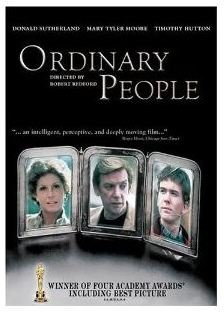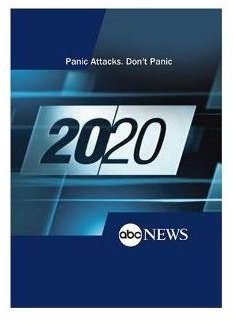How Does the Media Portray Panic Disorder?- Find Out Here
Keeping It Hidden
For decades, society and all sorts of media venues have hidden the facts on panic disorder. It is a no-no topic that most people, reporters, and movie producers want nothing to do with. When considering how does the media portray panic disorders, the truth is—it’s pretty bad and one search on the Internet reveals this problem—there are hardly any movies or television shows about the topic.
There are a few good websites that offer solutions to panic and anxiety attack disorders, but many of them offer quick fixes that may not work. Further, what works on paper or in a web page article for one person, may not work for another sufferer.
According to the Anxiety Network approximately 4 million people are afflicted with panic disorder. With so many people affected, why doesn’t the media get more involved in educating the public?
Some Good Hits

Over the years, there have been some good movies and television shows that have dealt with panic disorder, but most television shows are directed toward one kind of disorder such as hoarding and obsessive compulsive disorder, or OCD.
You’ll find tons of commercials on depression drugs and drugs that supplement those drugs, but none of those ads mention the words “panic” and “disorder” together.
An all-time favorite that explores panic and anxiety has to come from Director Robert Redford. In his 1980 movie <em>Ordinary People</em>, the parents face intense panic from their son (played by Timothy Hutton). Any of us who suffer from panic disorder and have seen this film can identify with the scene where Timothy Hutton sits in a car with his buddies on his way to school. In the scene, the car is stopped awaiting a train to cross, and the intense panic and anxiety on the actor’s face is conveyed in an identifiable way. I do believe that both Redford and Hutton did a good job getting that point across, however, to the non-sufferer, it was probably missed.
Only when we see Hutton’s character visit his psychiatrist (played by Judd Hirsh) does the viewer finally understand that Hutton’s character wants to be “more in control.” Judd Hirsh also does a nice job of helping and kudos to both him and director Redford. If you suffer from panic attack disorder, this is a must see, so rent the movie.
Another big hit for portraying panic disorder in the media came on ABC’s television show 20/20. Guest Psychologist David Barlow impressively documented how panic disorder can take the form so that people “are so paralyzed with fear for years that they are unable even to leave their homes,” and that panic disorder can be “hereditary and stress can make a person vulnerable to panic attacks.” ABC’s 20/20 did a series on panic disorders and also OCD, depression, and schizophrenia. All of these broadcasts (if you missed them) are available at Amazon.
Missing the Mark
For others, the answer to how well does the media portray panic disorder is sort of a misnomer—because it doesn’t, hardly ever. The television shows on OCD or hoarding are awfully sad and meant as a sort of entertainment in a way for the curious. Still, I hope that some sufferers get something out of these TV shows, if only that they’re not alone in their predicament.
I have lived in the same town for over 16 years and suffer from panic disorder and while it’s something that is inherent in my family tree and I freely talk about it. It wasn’t until last year, almost 15 years after living here, that our local newspapers produced a series on mental health that included explaining panic disorder and where to get both free and paid help.
Even in the 21st Century those of us who suffer from panic attack disorder are not recognized as much as we should be through media venues. The idea of crazy Aunt Mary in the booby hatch lives on. I for one, when wondering how does the media portray panic disorder, would like to see more shows and movies about how the 4 million of us are not crazy as a dingbat, but rather ordinary people who just seek a little assistance whether it be alternative methods of healing panic disorders or a more traditional route.
Image Credits
- Screenshot 20/20 TV Show courtesy of Amazon.com
- Screenshot Ordinary People courtesy of Amazon.com
